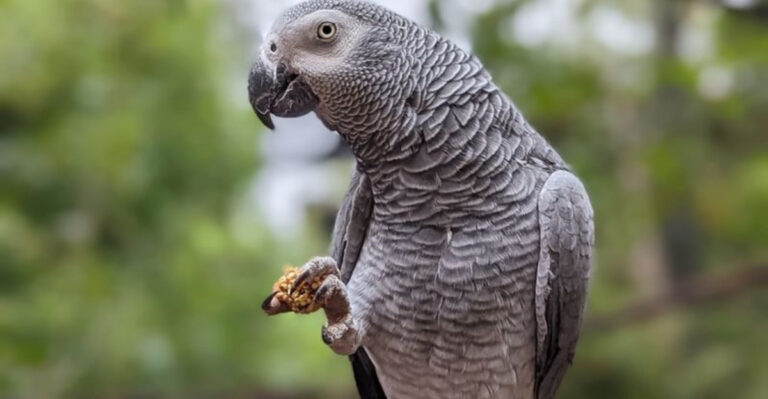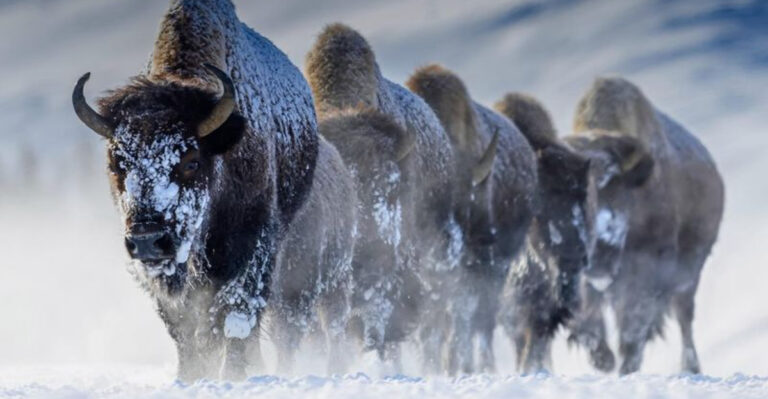Jerboa Vs. Kangaroo Rat: What Sets Them Apart?
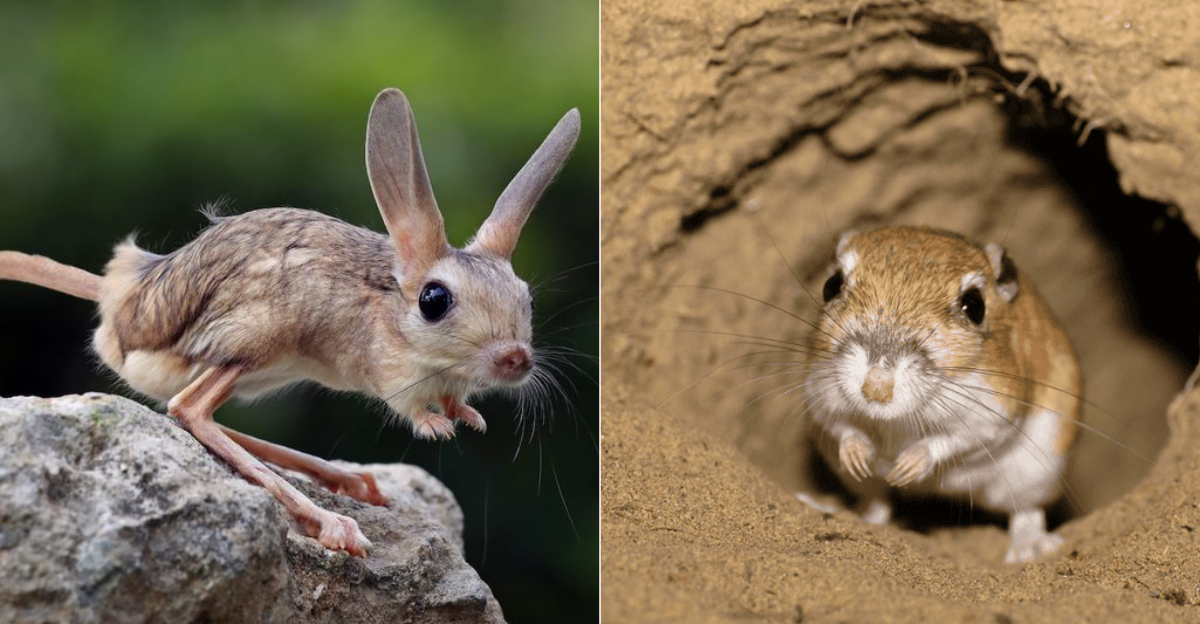
Ever spotted tiny creatures bouncing across desert landscapes like miniature kangaroos? You’re likely witnessing either jerboas or kangaroo rats in action!
These adorable rodents share remarkable similarities with their powerful hind legs and bouncy movements, but they’re actually different animals with unique characteristics.
Let’s explore what makes each of these desert-dwelling hoppers special in their own way.
1. Night And Day: Geographic Distribution

While both inhabit arid regions, jerboas call North Africa, Asia, and the Middle East home. Their bouncy cousins, kangaroo rats, are strictly North American natives, thriving in the deserts of the western United States and Mexico.
This continental divide means they’ve never naturally met in the wild, developing similar adaptations independently on opposite sides of the world.
2. Tail Tales: Length And Purpose

Spot the difference from behind! Jerboas sport extraordinarily long tails with distinctive black-and-white tufts at the end, often twice their body length. These flashy appendages serve as balance poles during their impressive leaps.
Kangaroo rats have relatively shorter tails without the fancy tuft, though they still use them as counterbalances when hopping around.
3. Ear-Resistible Differences
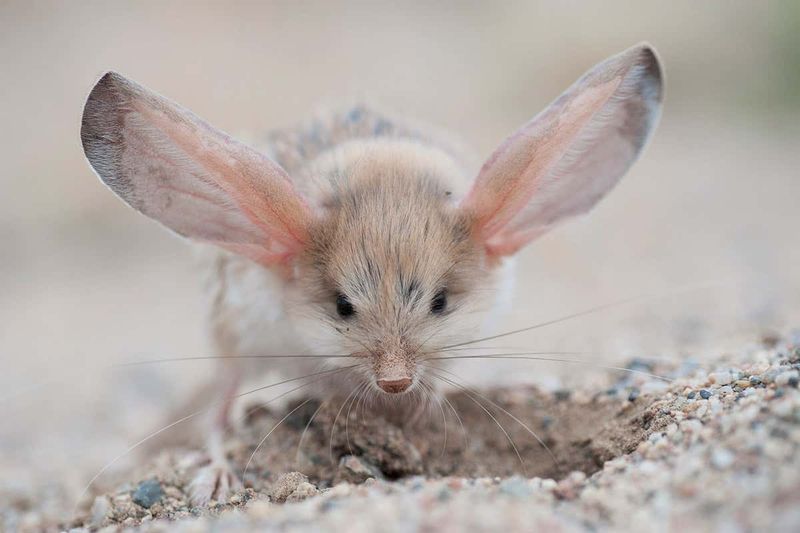
Talk about sound catchers! Jerboas have enormous ears relative to their tiny bodies, resembling satellite dishes perched on their heads. These oversized sound detectors help them pick up predator movements in the silent desert night.
Kangaroo rats sport more modest ears – still large but proportionally smaller than their jerboa counterparts.
4. Survival Tricks: Water Conservation
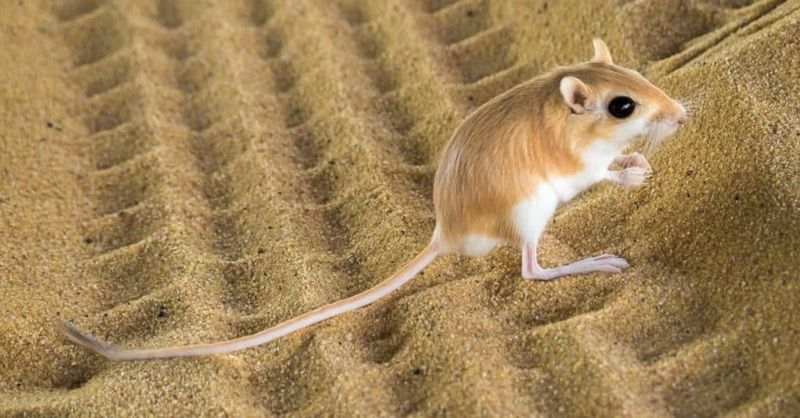
Masters of desert survival, kangaroo rats never need to drink water! They extract all necessary moisture from dry seeds and produce water internally through metabolic processes.
Jerboas are water-wise too, but not quite as extreme. They occasionally need small amounts of water from food sources like succulent plants, though they’re still incredibly efficient desert dwellers.
5. Jump Champions: Leaping Abilities

Ready for the high jump competition? Jerboas are the undisputed champions, capable of leaping up to 10 feet horizontally and 3 feet vertically in a single bound! That’s like a human jumping over a building.
Kangaroo rats are impressive too, but their hops typically max out at about 6 feet horizontally – still amazing for their tiny size!
6. Family Matters: Taxonomic Classification
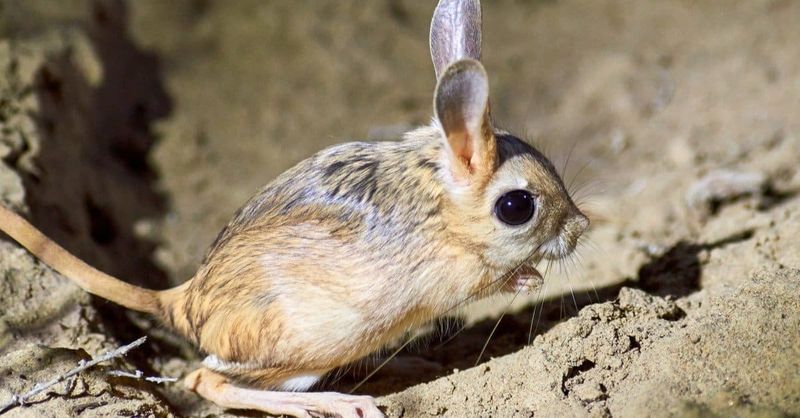
Despite their similarities, these hoppers belong to completely different rodent families!
Jerboas are members of the Dipodidae family, with 33 species across multiple genera. Kangaroo rats fall into the Heteromyidae family alongside pocket mice, with 20 species in the genus Dipodomys.
This separate classification explains many of their anatomical differences.
7. Pocket Science: Cheek Pouch Differences
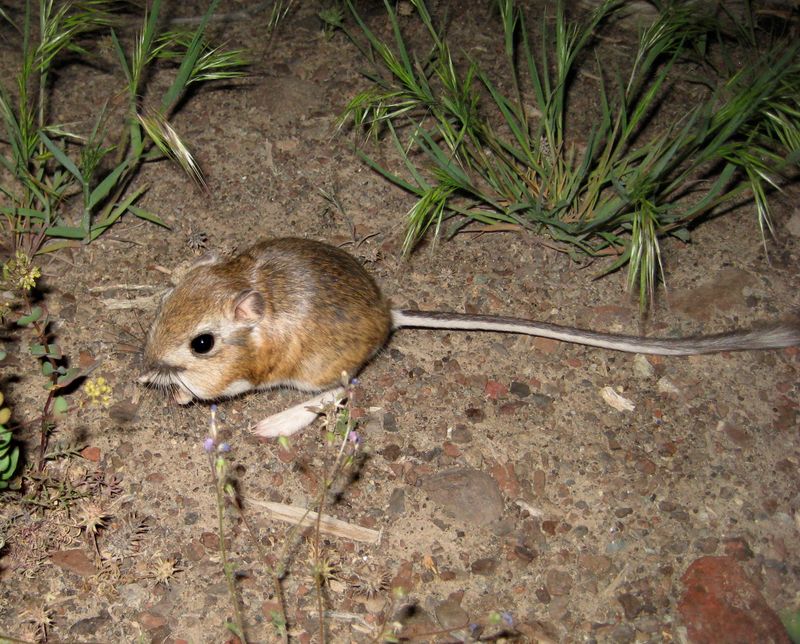
Kangaroo rats come equipped with built-in shopping bags! Their external fur-lined cheek pouches can expand dramatically to carry seeds back to their burrows for storage.
Jerboas lack these convenient seed-carrying pouches altogether. Instead, they must eat on the spot or make multiple trips when collecting food, making their foraging strategy quite different.
8. Size Showdown: Body Measurements

When it comes to the weigh-in, kangaroo rats tip the scales!
These chunky hoppers typically measure 4-5 inches in body length and weigh 2-4 ounces. Jerboas are the lightweights in this match-up, with most species measuring just 2-3 inches (excluding their long tails) and weighing a mere 1-3 ounces.
Their delicate build makes them appear even more kangaroo-like.
9. Food Preferences: Dietary Differences
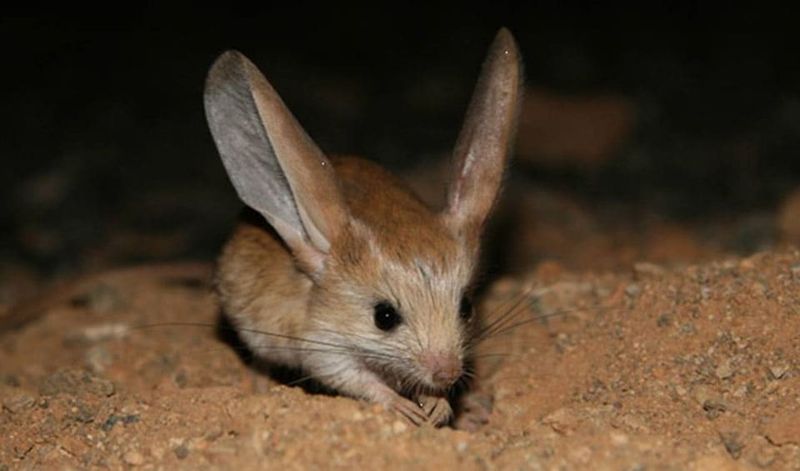
Mealtime reveals another key difference! Kangaroo rats are primarily granivores – seed specialists who collect, store, and feast on thousands of seeds. Their specialized kidneys can process this dry diet without additional water.
Jerboas enjoy a more varied menu, adding insects, plant roots, and even small snails to their seed diet, making them more omnivorous.
10. Home Sweet Home: Burrow Complexity

Underground architects with different styles! Kangaroo rats create elaborate burrow systems with multiple chambers, including dedicated food storage rooms that can hold thousands of seeds.
Jerboas prefer simpler accommodations, typically digging straight tunnels with a single nesting chamber. They’re also known to plug their burrow entrances during daytime to maintain humidity and avoid detection.
11. Walking Style: Locomotion Techniques

Watch them move when they’re not jumping! Jerboas are strict bipedal hoppers, using only their hind legs for movement – they almost never walk on all fours.
Kangaroo rats are more flexible, primarily hopping on their powerful hind legs but occasionally using all four limbs for slower movements or when searching for food. This gives them more versatile locomotion options.
12. Social Circles: Community Behavior
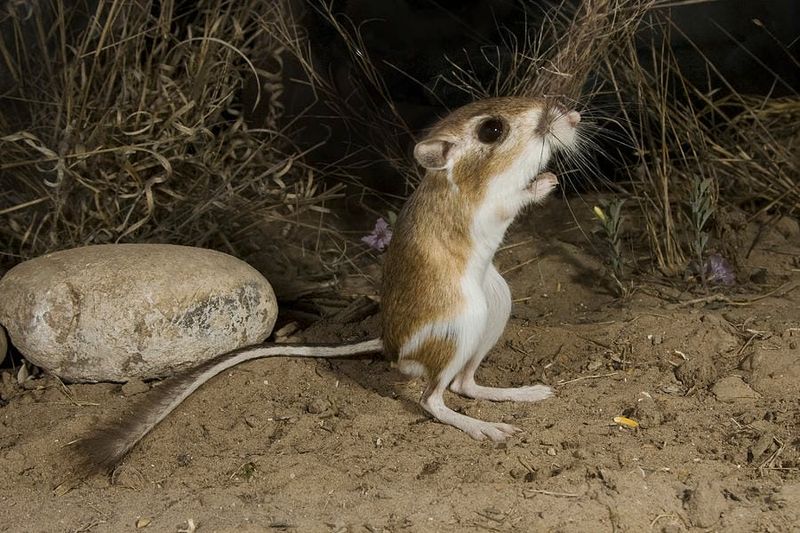
Jerboas are solitary creatures, only coming together briefly for mating purposes. Each jerboa maintains its own territory and burrow, preferring the bachelor/bachelorette lifestyle. Kangaroo rats show more social flexibility.
While many species are solitary, some form loose communities where burrows may be clustered together, creating small neighborhoods in favorable habitats.
13. Winter Strategies: Seasonal Adaptations
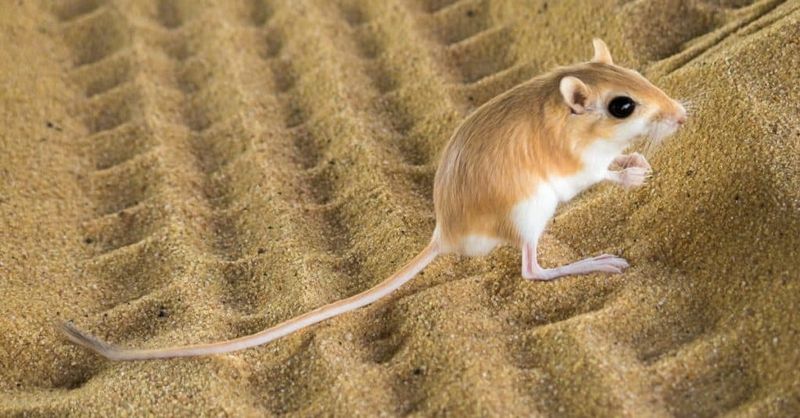
Cold weather brings out different survival tactics! Many jerboa species hibernate during harsh winter months, entering a deep sleep state to conserve energy when food is scarce.
Kangaroo rats don’t hibernate at all. Instead, they rely on their impressive seed caches, sometimes storing up to 5-6 pounds of seeds to sustain them through winter – that’s more than their body weight!
14. Foot Features: Specialized Adaptations

Desert-ready footwear! Jerboas have distinctive fur tufts on their feet that act like natural snowshoes, preventing them from sinking into soft sand and protecting against hot surfaces.
Kangaroo rats sport long, stiff hairs between their toes serving a similar purpose, but their most unique feature is elongated footpads that provide extra spring for their powerful jumps.

